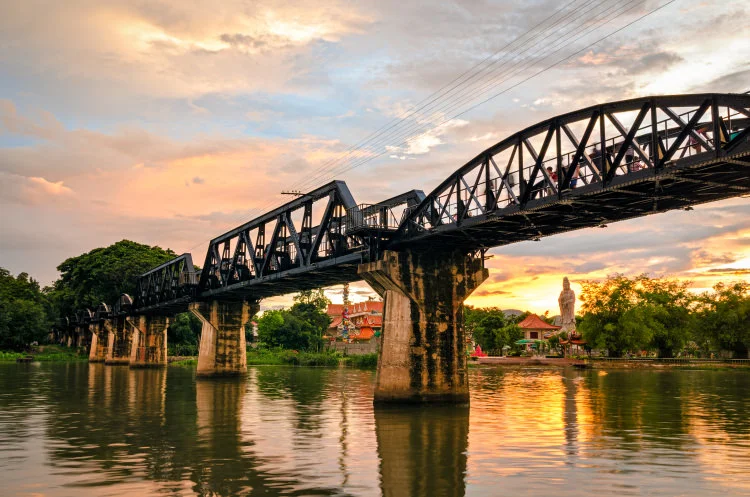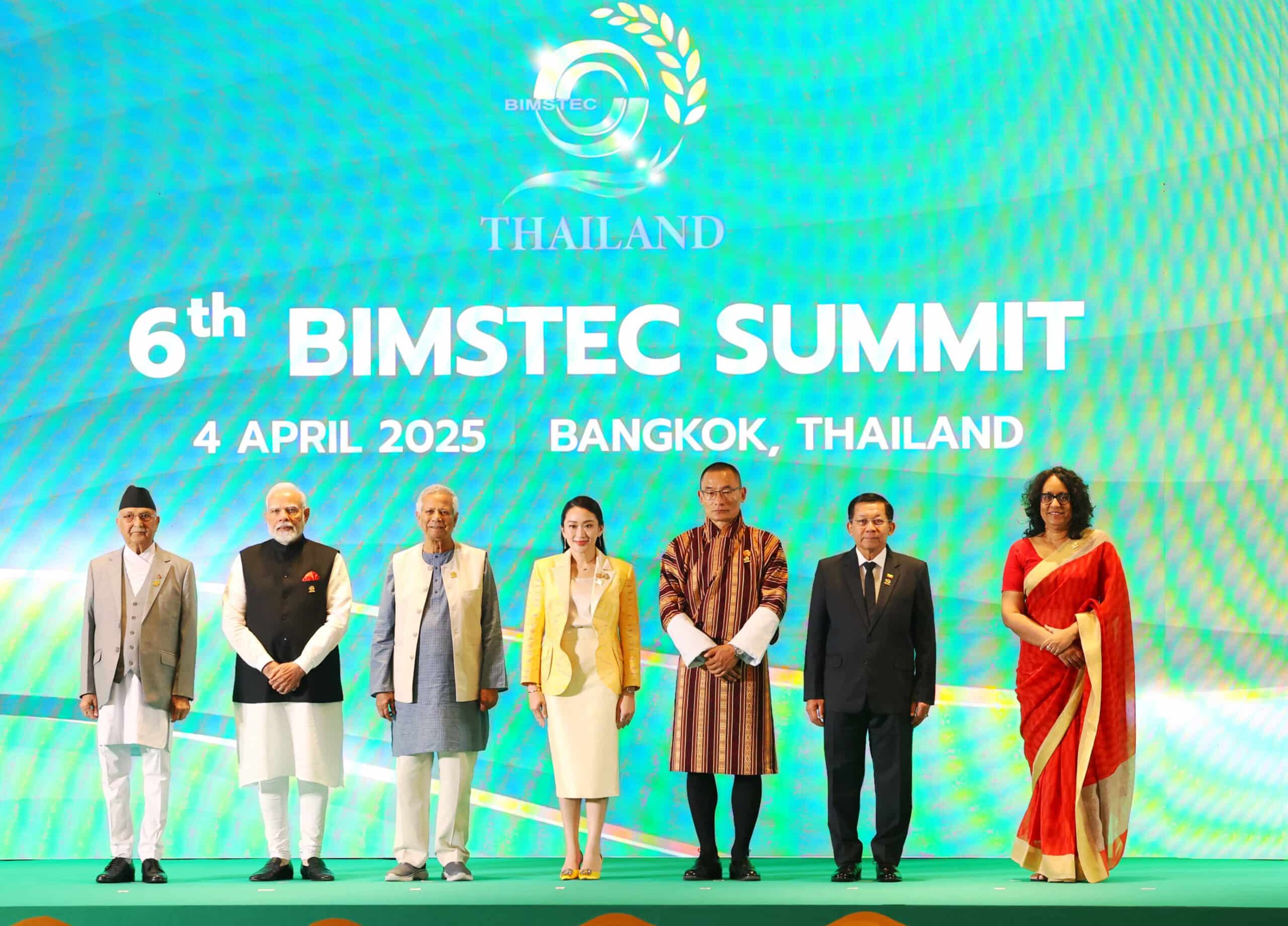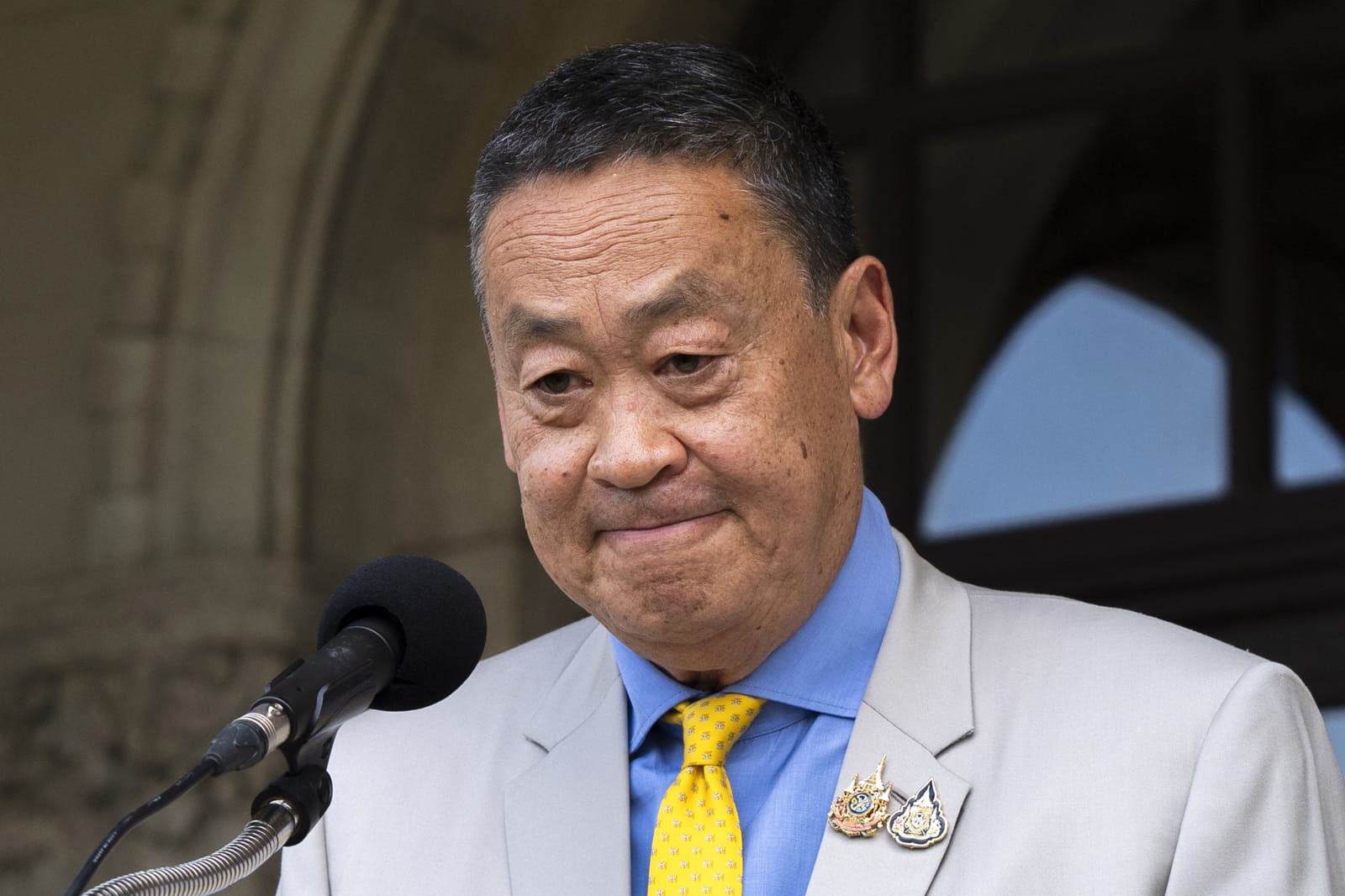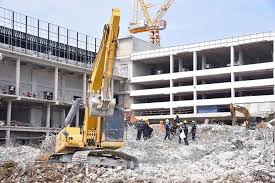Introduction to Kanchanaburi
Visiting the Bridge over the River Kwai in Kanchanaburi, Thailand, offers a unique blend of history and natural beauty. Located about 130 kilometers west of Bangkok, this iconic bridge is part of the infamous Death Railway, constructed during World War II by prisoners of war and Asian laborers under harsh conditions. The railway was intended to connect Thailand with Burma (now Myanmar), facilitating troop movements and supply transport.
Historical Significance
The Construction Era
The construction of the railway line began in October 1942 and was completed within a year. However, it came at a terrible cost: thousands lost their lives due to challenging terrain and brutal treatment by Japanese forces. Today, visitors can pay respects at nearby cemeteries like Kanchanaburi War Cemetery, where many POWs are buried.
Exploring Kanchanaburi
Attractions Beyond the Bridge
Beyond visiting the bridge itself, travelers should explore other historical sites such as war museums like JEATH Museum. This museum provides insight into life as a POW through replicas of prisoner huts. Additionally, taking a train ride along this scenic route offers breathtaking views while passing through old POW camps.
Practical Information for Visitors
Getting There and Accommodation Options
To reach Kanchanaburi from Bangkok, regular buses or trains are available. Once there, tourists can hire tricycles or motorcycles for exploring local attractions like Hellfire Pass or staying at various resorts along riverside locations such as Saiyoke. Each year in November marks an event commemorating Allied bombing with spectacular light shows.
Cultural Impact and Misconceptions
Film vs Reality
The famous film “The Bridge on the River Kwai” has contributed significantly to its global fame but also perpetuates inaccuracies about its history. In reality, two bridges were built: one wooden temporary bridge followed by a steel permanent one—both destroyed during bombings but later rebuilt partially using original parts from Java for curved sections. Despite these corrections, it remains an enduring symbol reflecting both tragedy and resilience.









